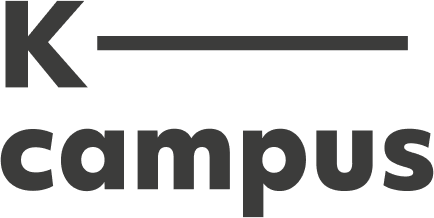![Bang In-cheol, a professor in Unist’s Department of Nuclear Engineering, holds the Korean flag in front of Patriot, a unique experimental device that serves as an eighth-scale model of the APR1000 reactor, located inside the Specialized Experiment Building at Ulsan National Institute of Science and Technology. [JOONGANG ILBO]](https://uploaded.kcampus.kr/1_4d64e804_046b_406c_865b_830390b87e87_27f9429f0d.jpg)
The specialized experiment building at Ulsan National Institute of Science and Technology (Unist) in Ulju County, Ulsan, is emerging as a key destination for nuclear engineers worldwide. Central to its appeal is Patriot, a unique experimental device built at one-eighth scale of the APR1000 reactor — a Korean nuclear reactor set to be exported to the Czech Republic.
Professors from institutions such as the Georgia Institute of Technology, Michigan Technological University and the Polytechnic University of Milan in Italy have recently visited the facility, with researchers from the Massachusetts Institute of Technology scheduled to visit next January.
“The equipment is made of carbon steel and is capable of testing various heat transfer phenomena and cooling capabilities while replicating the high-temperature and high-pressure conditions of an actual nuclear reactor,” said Bang In-cheol, a professor in Unist's Department of Nuclear Engineering. He described Korea’s nuclear engineering education as “top-notch.”
The JoongAng Ilbo recently unveiled its top 10 institutions in various fields as part of The JoongAng University Rankings 2024. In the engineering category, institutions prioritizing securing their own technologies and enhancing competitiveness excelled. This includes schools pushing fields like semiconductor and nuclear technology, both of which are critical to supporting the growing AI sector.
Postech claimed the top spot in the engineering category, followed by KAIST and Hanyang University. Unist ranked No. 4, with Sungkyunkwan University, Yonsei University, Seoul National University, Korea University, Gist and Kyung Hee University completing the top 10.
By detailed index, Unist claimed the third spot in the patents registered per science and technology professor index, part of the engineering category. It filed 1,015 patents over the past three years — an average of 3.5 patents per professor annually. KAIST topped the list, followed by Postech.
Unist showcased qualitative achievements, especially in nuclear engineering. Professor Bang’s hybrid control rod for Small Modular Reactors (SMRs), which won the Best Paper Award at the 2015 American Nuclear Society, was patented last year.
“To avoid repeating patent disputes with overseas companies, securing patents for original technologies in the SMR field, which has emerged as the next generation of nuclear power plants, is essential,” he said.
In the semiconductor field, KAIST’s School of Electrical and Electronic Engineering made significant strides, ranking second in the industry-university collaboration profits per science technology professor index, part of the engineering category. KAIST ranked No. 2 overall in the category.
Last year, KAIST earned more than 114 billion won ($81.5 million), with Professor Kim Jung-ho — known as the "father of HBM (high bandwidth memory)" — alone contributing 9 billion won in profit.
“This achievement is due to faculty and students with exceptional research capabilities building trust with companies by delivering world-class research results,” said Yoo Seung-hyup, dean of the School of Electrical and Electronic Engineering.
![Professor Lee Jin-wook of SKKU Advanced Institute of Nanotechnology conducts an experiment with his research students. [JOONGANG ILBO]](https://uploaded.kcampus.kr/2_2657bcb3_1426_41d8_944b_0166a2f91971_6249240e8e.jpg)
Universities focusing on promising future technologies also shone in the rankings.
Sungkyunkwan University, for instance, ranked fourth for external research funding per professor index, part of the engineering category. The university ranked No. 5 overall in the engineering rankings.
Its Department of Nanoengineering attracted a staggering 44 billion won in research grants. Despite having only 18 full-time faculty members, it was one of the highest-funded single departments.
Nanoscience is a relatively new field dealing with particles one hundred thousandth the size of a human hair, but it has wide-ranging applications, including in displays, semiconductors and biology.
“By focusing on quantum computing using quantum phenomena in nano-sized materials as our primary research topic, we are pioneering next-generation high-tech research and securing major project orders by investing in local resources, such as inviting top scholars from both domestic and international institutions,” said Yoo Pil-jin, vice president of Sungkyunkwan University’s Planning and Coordination.
BY LEE HOO-YEON, LEE GA-RAM, WOO JI-WON [woo.jiwon@joongang.co.kr]





